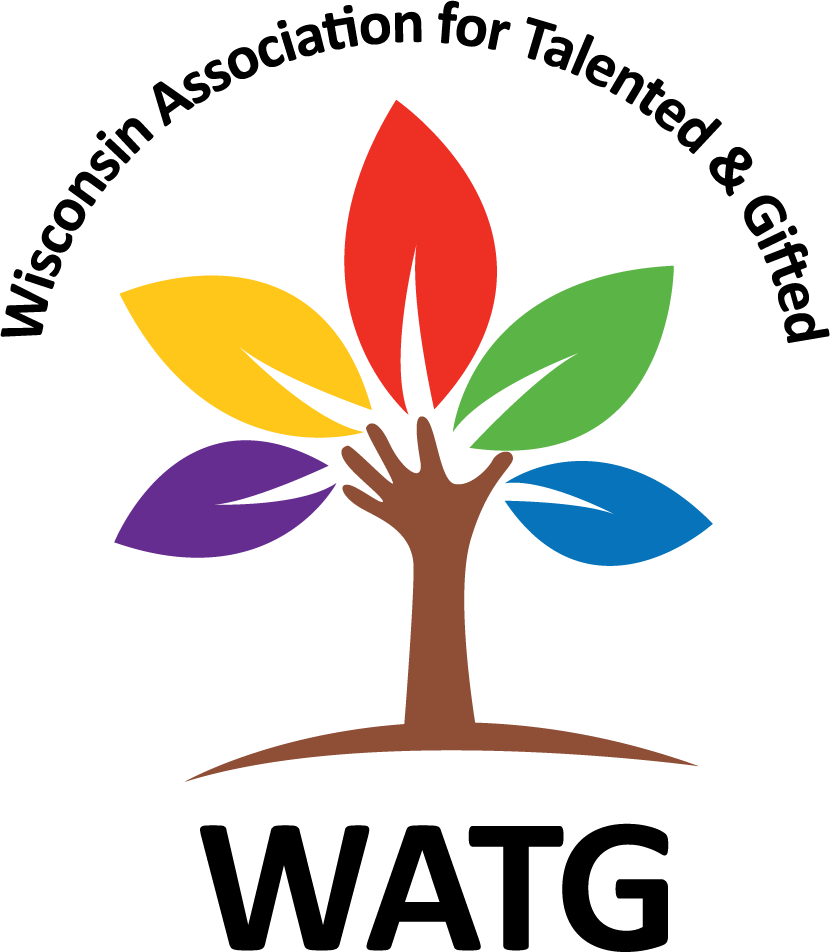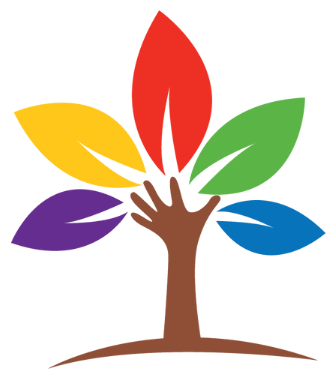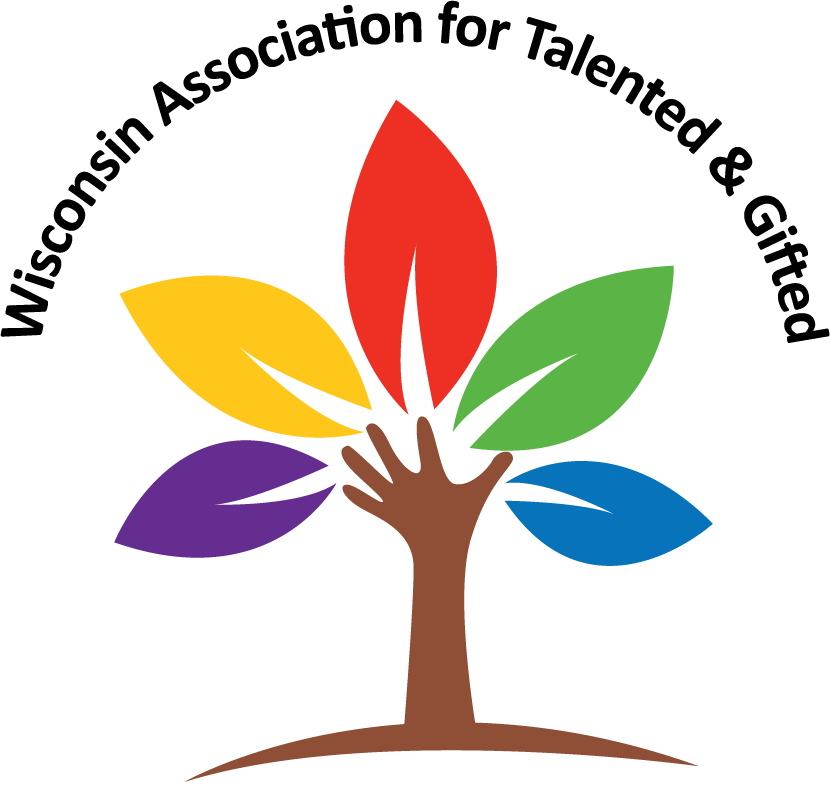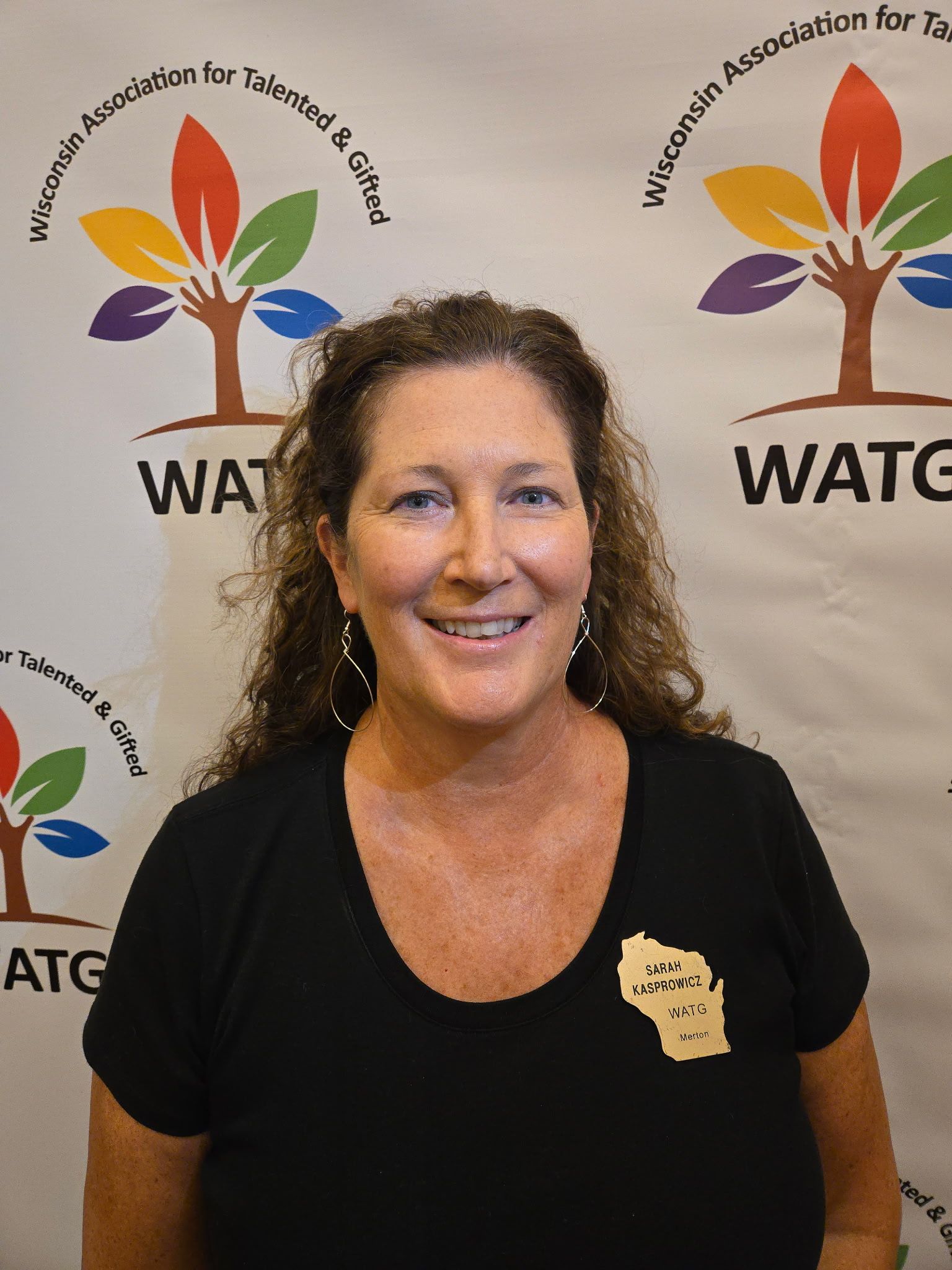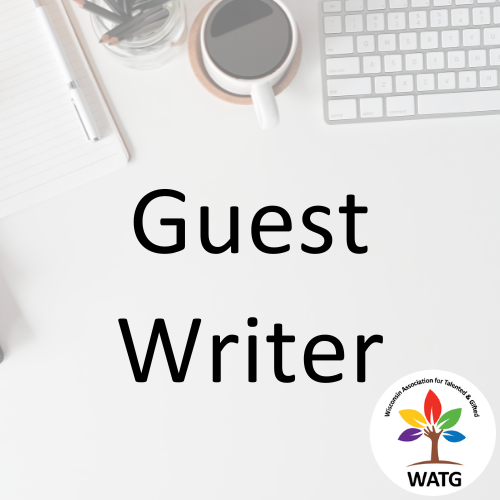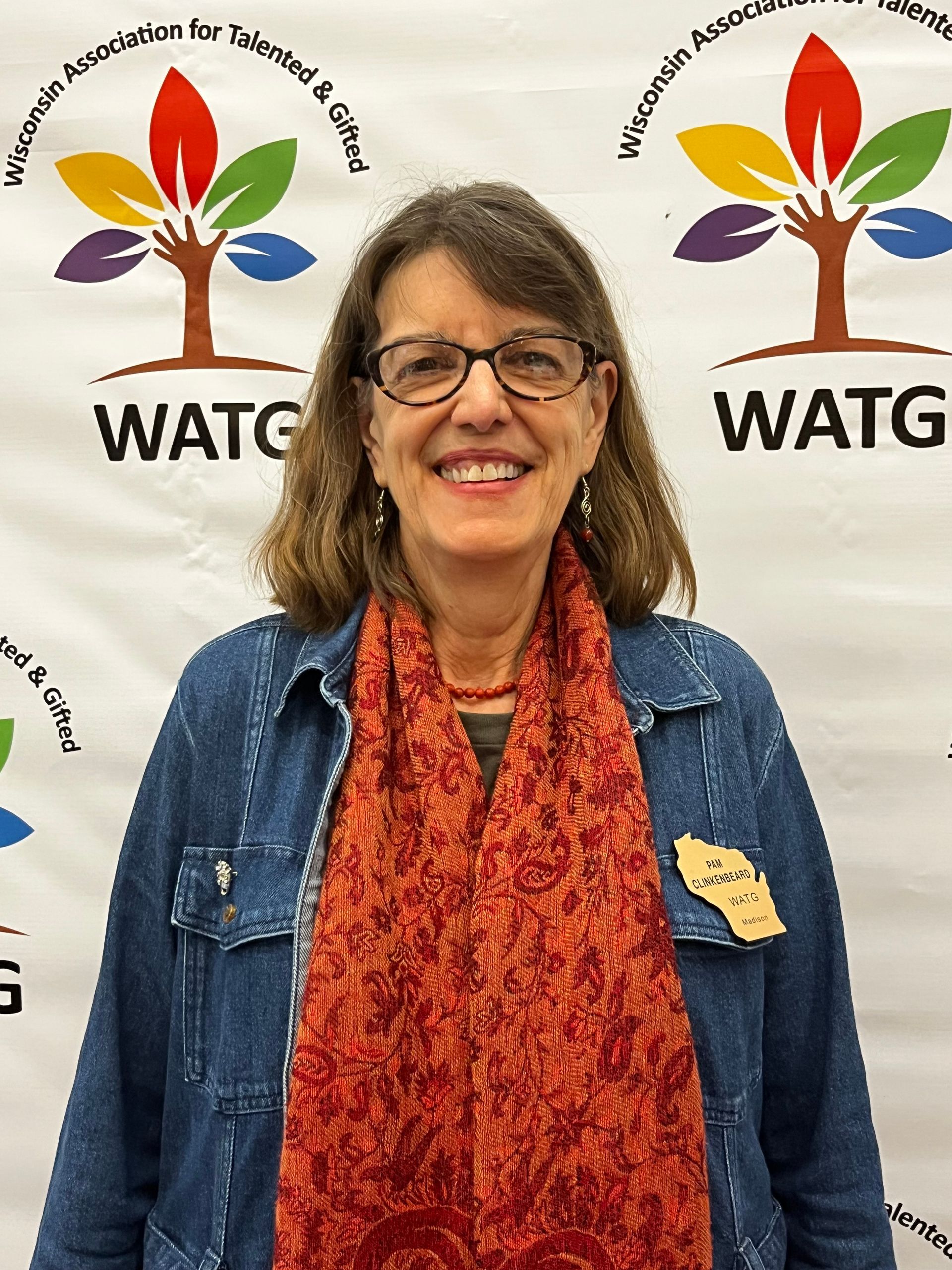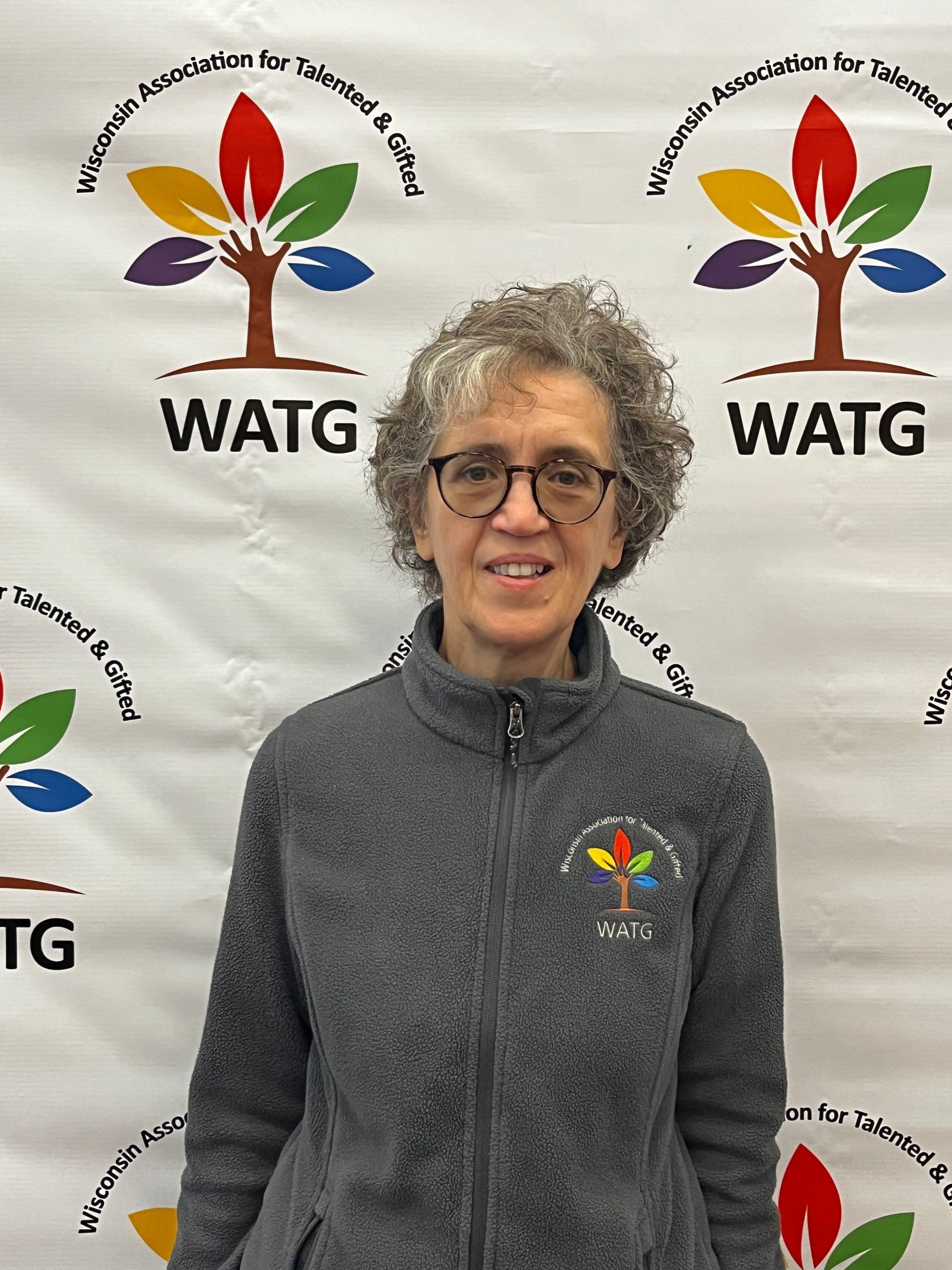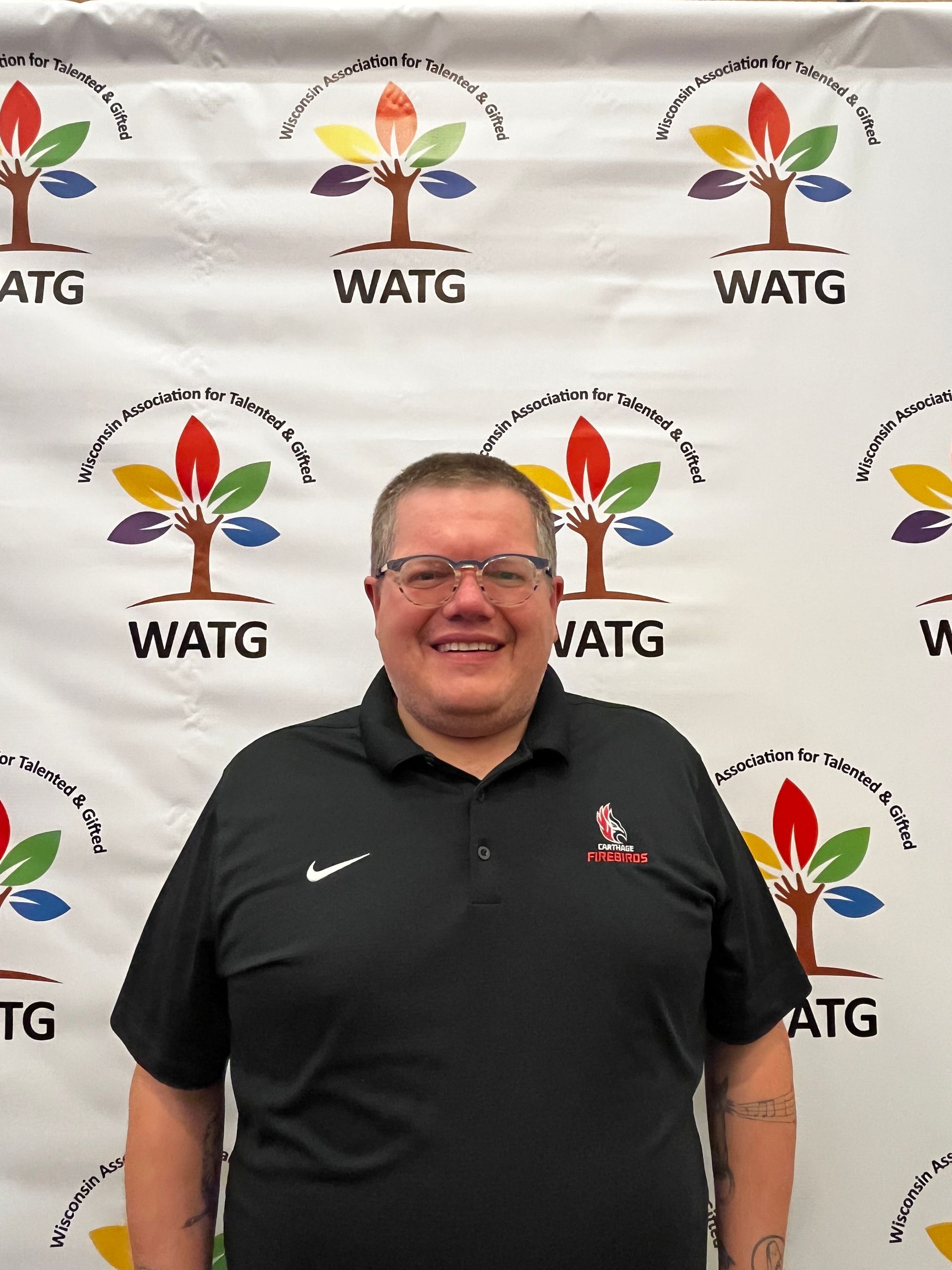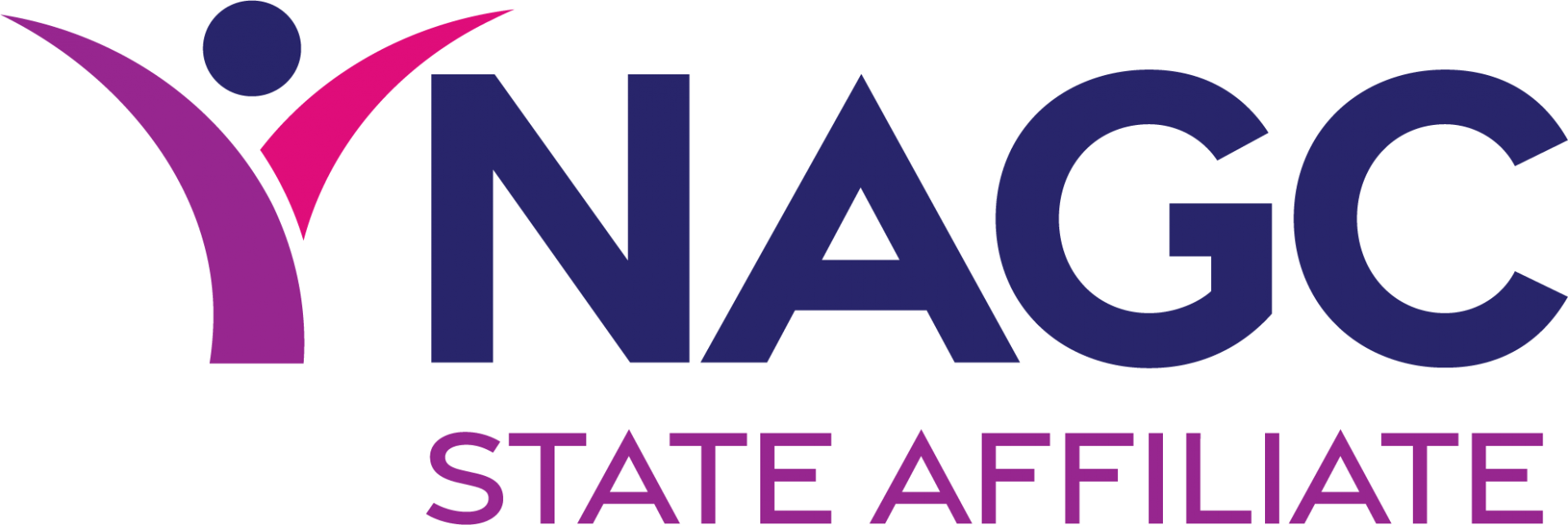The Importance of Intellectual Peers for Gifted Students
Intentionally grouping students together to ensure they have opportunities to work with their intellectual peers is a critical practice for both academic and social development for students who are gifted. Intellectual peers are other students who demonstrate similar high levels of ability and potential for advanced learning, intellectual aptitude, and complex thinking. When students are placed in environments that challenge them intellectually and allow for meaningful collaboration, they are more likely to engage deeply, think critically, and develop overall. Academically, this can lead to increased learning and higher motivation. Socially, these groupings foster a sense of belonging and mutual respect among students who share similar learning needs, which is especially important for gifted learners who may otherwise feel isolated. To make this effective and equitable, schools must have systems in place (such as cluster grouping, flexible grouping, differentiated instruction, etc.) that identify and support gifted students’ unique needs. These structures ensure that all students have access to peers who challenge and inspire them, helping to cultivate both academic excellence and emotional well-being.
Gifted students possess unique cognitive, emotional, and social characteristics that necessitate differentiated educational experiences. Among the most impactful interventions for supporting gifted learners is the opportunity to learn alongside intellectual peers. Gifted students often require more complex and abstract content than what is typically offered in traditional general education classrooms (Reis & Renzulli, 2010). When surrounded by peers of similar intellectual ability, they are more likely to engage in challenging discourse, explore advanced ideas, and remain intellectually stimulated. This environment promotes deeper learning and prevents the boredom that can lead to underachievement (Gross, 2004). Peer interactions among gifted learners often support higher-order thinking. Intellectual peers tend to pose thought-provoking questions, challenge assumptions, and engage in meaningful debates, which fosters the development of analytical and evaluative skills (VanTassel-Baska, 2013). Such environments encourage intellectual risk-taking and cultivate the critical thinking necessary for lifelong learning.
Gifted children may feel alienated in typical classroom settings, where their interests and cognitive styles differ from those of their same age peers. Placing them with intellectual peers can reduce feelings of isolation and promote a sense of belonging, which is critical for social-emotional development. Belongingness enhances self-esteem and contributes to positive identity formation (Cross, 2011). Contrary to misconceptions, gifted children are not inherently socially maladjusted. However, they may struggle to relate to peers who do not share their interests or abilities (Winner, 1996). In classrooms where students are given the chance to collaborate with intellectual peers, they are more likely to form friendships based on shared values and passions.
Interactions with intellectual peers often help gifted students validate their abilities and reinforce a positive self-concept. In these environments, students feel intellectually safe and are more willing to express their ideas without fear of judgment (Neihart et al., 2016). This affirmation supports the development of healthy self-esteem and encourages personal growth. Gifted learners without opportunities to work with intellectual peers may become complacent or disengaged if not adequately challenged. Being among intellectual peers can foster healthy academic competition and provide models of excellence, both of which can increase intrinsic motivation and perseverance (Reis & Renzulli, 2010). Peer dynamics often serve as powerful motivators to strive for higher academic achievement.
On a personal level, my son craves the kind of stimulation that comes from being around intellectual peers – classmates who share his curiosity, creativity, and love of learning. We notice that when he's placed in classroom communities where he can engage in deep conversations, explore ideas beyond the surface, and be challenged by those around him, there's a noticeable difference in his overall happiness. He's excited to go to school, energized by the thought of what he might learn and who he'll get to learn it with. In these environments, he doesn't feel the need to hold back or mask who he is to fit in. He can be his true self – quirky, enthusiastic, passionate. These intellectual connections don't just support his academic growth; they feed his confidence, his sense of belonging, and his love for learning.
The benefits of grouping gifted students with intellectual peers are both profound and wide-ranging. Such environments not only meet the cognitive needs of gifted learners, but also support their social-emotional development. Educators should consider these advantages when designing instruction and educational leaders should consider the importance of scheduling when creating class rosters and placing students in courses. For parents, if this is not a concept you were aware of, this may be an area to explore. In our experience, having intellectual peers has improved our son’s sense of belonging and given him an opportunity to shine while being himself. It may benefit your child and others too.
References:
Cross, T. L. (2011). On the social and emotional lives of gifted children (4th ed.). Prufrock Press.
Gross, M. U. M. (2004). Exceptionally gifted children (2nd ed.). Routledge.
Neihart, M., Pfeiffer, S. I., & Cross, T. L. (Eds.). (2016). The social and emotional development of gifted children: What do we know? (2nd ed.). Prufrock Press.
Reis, S. M., & Renzulli, J. S. (2010). Is there still a need for gifted education? An examination of current research. Learning and Individual Differences, 20(4), 308–317. https://doi.org/10.1016/j.lindif.2009.10.012
VanTassel-Baska, J. (2013). Curriculum planning and instruction for gifted learners (3rd ed.). Prufrock Press.
- Dr. Jenna Cramer
Recent Posts

